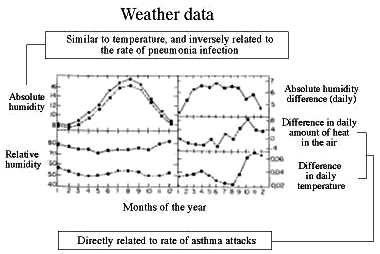A greater understanding of the immune system
The body's immune system comprises a very large number of different elements that carry out defined roles which influence each other, as well as their immediate environment, in a highly complex system of interactions. In order to understand, and even predict, the way the immune system works, Weizmann Institute mathematicians and immunologists developed several mathematical models that describe the action of a number of the immune system's components. In several cases the mathematicians created new concepts and developed new ways of looking at the action of the immune system. These concepts and perceptions influenced the immunologists' previously accepted ways of thinking. One experiment confirmed a prediction by a mathematical model, even though the prediction was not in accordance with a "common sense" view of immunology.
This research is likely to lead to the development of mathematical tools for biomedical and immunological research, as well as help in the development of drugs which affect the immune system, such as antiallergenic drugs, or treatments for autoimmune diseases (in which the immune system mistakenly attacks the body's own tissues).
Danger time for asthma attacks
Weizmann Institute scientists have discovered that abrupt fluctuations in temperature increase the frequency and severity of asthma attacks in children. The research was based on data collected in 8,650 examinations of patients with respiratory tract problems.
After setting aside abnormal trends, such as the large number of respiratory cases in hospital emergency departments over the weekend when patients cannot see their regular doctor, the findings highlighted two peaks in the numbers of asthma attacks: at the beginning of autumn and the beginning of spring. In contrast, no significant correlation was found between the frequency of pneumonia infections and asthma attacks.
This research should contribute to developing a formula that will determine the most unfavorable climatic conditions for sensitive children, and specify the appropriate times for taking drugs, hopefully reducing the need for medication.























